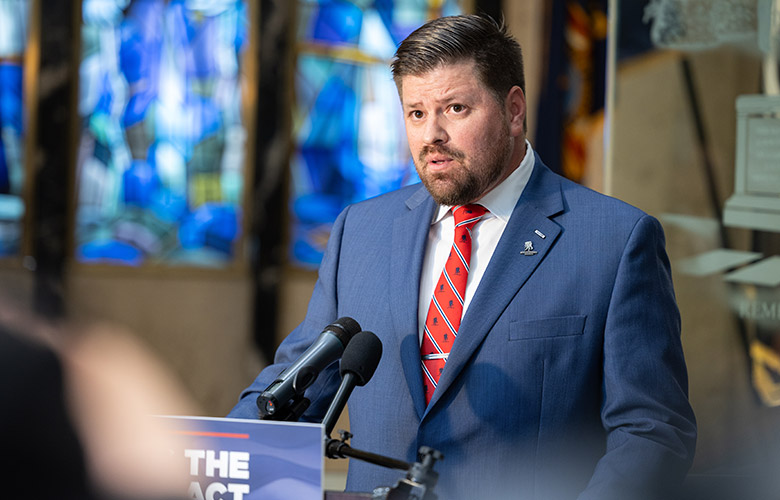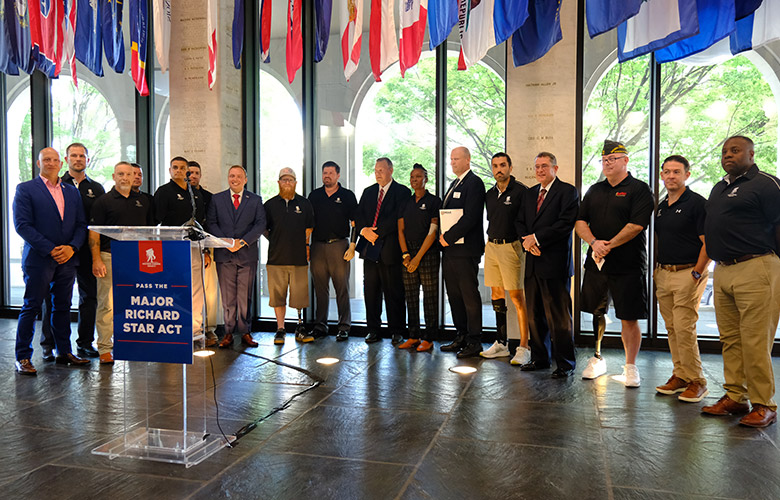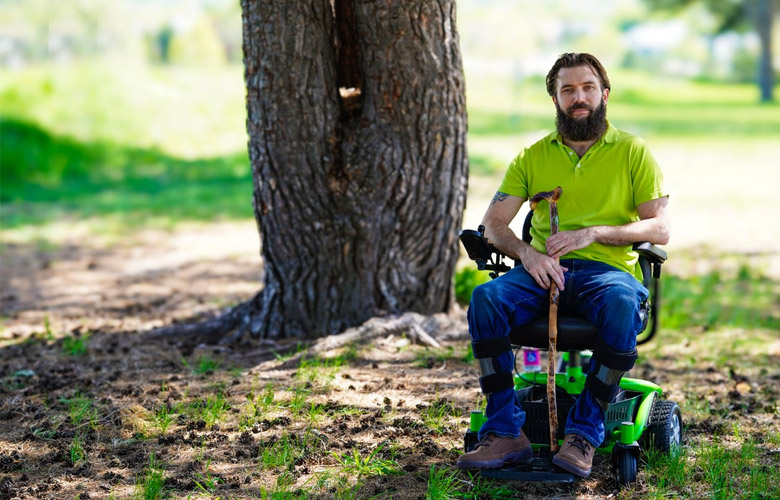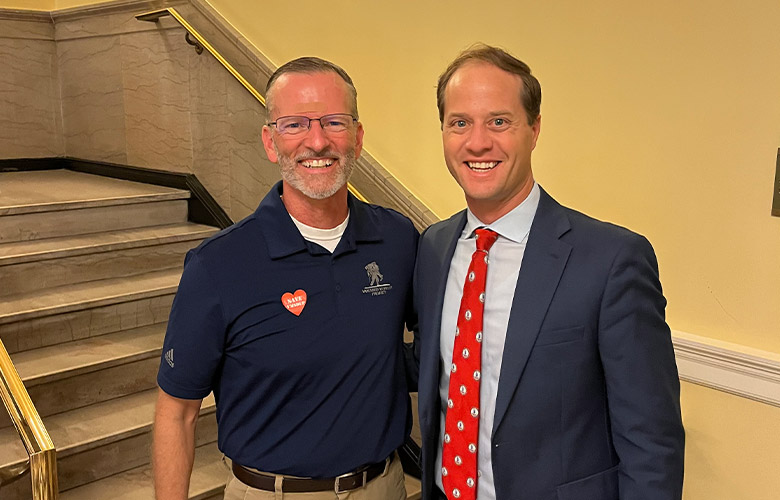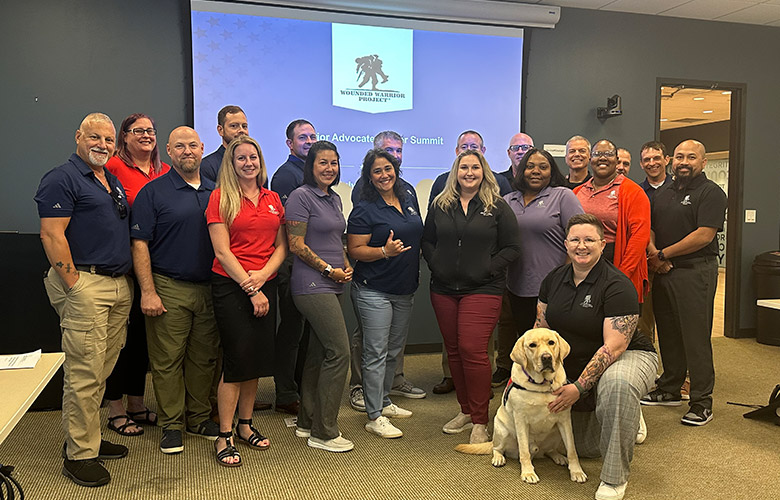Senator Elizabeth Dole 21st Century Veteran Healthcare and Benefits Improvement Act (H.R.8371)
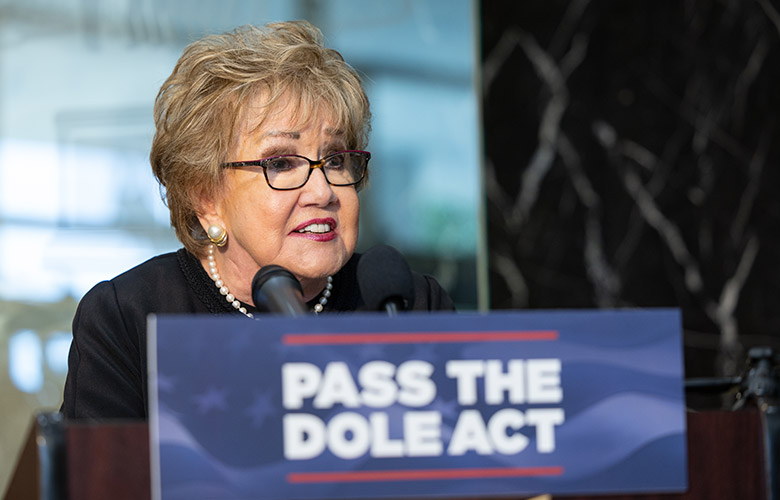
After months of hearings, discussions, and negotiations, key veteran leaders in Congress introduced H.R. 8371, the Senator Elizabeth Dole 21st Century Veterans Healthcare and Benefits Improvement Act (Dole Act).
All four key Congressional leaders on veterans' issues — House Veterans Affairs Committee Chairman Mike Bost (R-IL-12) and Ranking Member Mark Takano (D-CA-39), along with Senate Veterans Affairs Committee Chairman Jon Tester (D-MT) and Ranking Member Jerry Moran (R-KS) — were all heavily involved in the development of the legislation, which includes numerous bipartisan and bicameral proposals to reform and improve the delivery of VA health care, benefits, and services for caregivers and their survivors.
The Dole Act, shaped by legislators and key stakeholders like WWP, is an omnibus bill, meaning it contains a series of proposals focused on veterans addressing a wide range of issues. Much of the bill’s content comes from previously introduced bills like the Veteran Care Improvement Act (H.R.3520), introduced by Rep. Mariannette Miller-Meeks (R-IA-1), which aims to improve and expand VA health services and incentivize partnerships between VA and community providers, and the Elizabeth Dole Home Care Act (H.R.542), introduced by Rep. Julia Brownley (D-CA-26) in the House and Senators Jerry Moran (R-KS), Jon Tester (D-MT), and Maggie Hassan (D-NH) in the Senate, which would expand community-based services for aging veterans as well as improve VA support for veterans and caregivers of all ages.
Among its provisions, the bill provides new avenues to mental health treatment, requires VA to improve how they collect data and report on veteran suicide, and requires VA to pay or reimburse a veteran for the cost of transportation via ambulance from a covered location to a facility that can meet the veteran’s needs — whether it be at a VA facility, a non-VA provider, or the nearest hospital.
The Dole Act expands access to home- and community-based services for the elderly and most severely disabled veterans to help ensure they can receive in-home care rather than at a nursing home. Most importantly, the act would raise the cap on the costs of non-institutional care from 65% of what could be spent at a nursing home to 100%, offering financial relief to families.
This bill includes over 90 provisions impacting caregivers, women veterans, student veterans, aspiring professionals, and National Guard and Reservists. For a more detailed look into the bill and its key sections related to mental health, caregivers, assisted living, employment, and women veterans, among many others, visit the WWP Newsroom.
WWP Priority: Section 105 and Residential Rehabilitation and Treatment Programs
While WWP supports many of the provisions in the bill, our key priority relates to VA’s Residential Rehabilitation and Treatment Programs (RRTPs). These programs provide the most intensive level of care to veterans with chronic problems related to post-traumatic stress disorder, substance abuse, or both.
However, RRTPs are NOT currently subject to the VA MISSION Act, which provides veterans with the statutory right to receive care in the community. This means that when a veteran seeks RRTP care, they could (and often do) wait weeks to receive care.
Section 105 of the Dole Act addresses this problem by creating an access standard for RRTPs that includes the following process:
- VA screens patients within 48 hours, and
- If eligible and appropriate, admits that veteran to an RRTP program within 48 hours of the decision.
If that care cannot be provided at a VA within the state, VA must offer the veteran RRTP care at another VA facility or at a community care network provider (which must be able to admit the veteran within 48 hours).
Additionally, Section 105 requires VA to develop an access standard within one year of the bill’s enactment for all other veterans who do not fall under the priority admissions.
Bill Status
Despite the Dole Act receiving strong support from all major veteran service organizations (VSOs) and military support organizations (MSOs) as well as the Chairman and Ranking Members of the Senate Veterans Affairs Committee and the Chairman of the House Veterans Affairs Committee, it has fallen victim to politics, misinformation, and mischaracterization of its provisions. Some claim that the bill is an attempt to privatize VA, while others claim it doesn’t go far enough or that it rolls back the MISSION Act.
WWP's position is that neither claim is accurate, and we believe the current policy language represents a good compromise.
Press Conference
To help push the bill beyond politics and see its passage on Capitol Hill, a coalition of VSOs, including WWP, held a press conference in June featuring the bill’s namesake, Sen. Elizabeth Dole. WWP Vice President of Government and Community Relations Jose Ramos, joined by leaders from the Disabled American Veterans, the Veterans of Foreign Wars, the American Legion, the Elizabeth Dole Foundation, and the Tragedy Assistance Program for Survivors, spoke on behalf of WWP and highlighted the importance of RRTPs.
“We have made tremendous progress in removing the stigma around talking about mental health, but it doesn’t matter if we can’t deliver services to address mental health to our veterans at risk,” said Jose. “Weeks, or even months, is too long for a warrior to wait. We are asking for 96 hours. Four days. That’s the very least we can do for veterans who are at risk. They have earned this standard of care. I call on all of Congress to pass the Dole Act now.”
With several military news outlets attending the press conference, the bill has received increased attention. WWP is working closely with key members of Congress to help finalize sections of the bill.
Grassroots Advocacy
WWP has set up a campaign for warriors to email their members of Congress and urge them to pass the Dole Act with Section 105. Warriors can read more about the bill and review, personalize, and send email templates to their Representatives.
“Whether it’s supporting caregivers and in-home care delivery, making it easier for rural veterans to access care, or supporting RRTPs, the Dole Act is one of our key legislative priorities, along with the Major Richard Star Act,” said WWP Director of Government Relations Brian Dempsey. “Every warrior will be affected in some way by this bill, so we encourage all warriors to get involved and send their messages to Congress now.”


